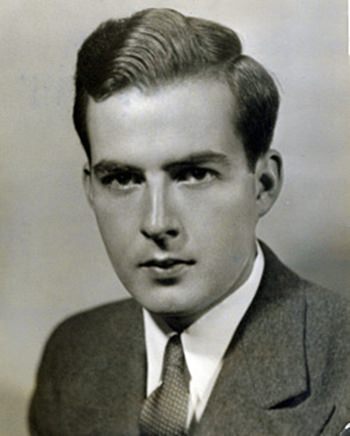
Do you remember that song from back in the sixties? It was written in 1963 by Paul Simon, he of Simon and Garfunkel fame and the song was on the radio the other day. The title reminded me of that abstruse remark by Claude Debussy who said “Music is the silence between the notes.” Perhaps he meant that music “lies in the silence between the notes” which is not quite the same thing. Anyway, I think I know what he meant. Mozart and Busoni make similar comments.
Debussy was presumably referring to the way a competent musician knows how to “place” notes in relation to one another, a skill sometimes (inaccurately) referred to as “interpretation”. Knowing exactly where to place the notes sometimes makes the difference between a good performance and a great one. In essence, I suppose it’s roughly similar to what actors refer to as “timing” though in practice a great deal more complicated.
At its simplest level, silence marks the beginning and end of the music. It occurs between musical phrases, so that we know where one phrase ends and another one begins. Think of Gregorian chant and those silent moments between the long flowing phrases.
Sometimes silence is used to create a sense of surprise or drama. In Tchaikovsky’s Fifth Symphony there’s a break of several seconds silence at a moment of high drama in the last movement. In his Sixth Symphony he went even further. The last eight measures of the work are scored for cellos and basses playing a low chord so quiet that it’s barely audible. In the final measure, Tchaikovsky writes a rest sign – the musical sign for silence – with a pause mark over the top, thus effectively writing in a period of complete silence at the end of the work. I heard a performance not so long ago in which the conductor held the silent pause for a full twenty-nine seconds. The effect was magical – you could have heard a pin drop.
Twentieth century composers particularly have used silence for dramatic effect. Tôru Takemitsu and Morton Feldman use silence to create a sense of expanded time and in Webern’s music there seems to be more silence than notes. In contrast, in one of his string quartets Joseph Haydn used silence for a different reason: to raise a laugh.
In the late summer of 1781, Haydn was forty-nine and at the peak of his career. Many of his quartets have acquired nicknames, partly because he wrote so many of them. In this one, known as “The Joke”, Haydn used silence at the end of the last movement to create several false endings, so that the audience would applaud in the wrong places. It must be been great fun at the first performance. In this one, the brilliant Israeli Ariel Quartet is exceptional, partly because they perform the entire work from memory.
Throughout the quartet Haydn frequently uses silence to create tension. The last movement (at 13:55) takes the form of a lively Italian folk dance. The first false ending is at 16:23; another one at 16.45 and another one at 16.50 which really sounds like the end of the piece. The real ending arrives at 17.00 but even in this video, the audience seems unsure when to applaud. After two hundred years, you’d have thought that Haydn’s joke might have worn a bit thin, but as this performance shows it still works.
Yes, I know I’ve told you about this work before but it contains such a brilliant use of silence that it’s worth revisiting. The Adagio (it just means “slowly”) was originally the slow movement of Barber’s String Quartet completed in 1936. It would have probably remained obscure had not Arturo Toscanini urged Barber to arrange it for orchestra. The orchestral version has since become hugely popular and been used in several feature films.
In this amazing performance, the start is almost inaudible but gradually the volume and intensity grow until the climax at 06:16. Then suddenly, silence. It sounds like the end of the piece but it can’t be, because the music is not in the “home” key. The tension is incredible and Rattle holds the silence for a full nine seconds. Then, the music tentatively returns and takes us back to the quiet place where we started. Perhaps that quiet place could be an elevated dimension in the surreal, dystopian world described in Paul Simon’s song.
 |
 |
 |





